Last updated on 2025-08-01
A modern interpretation of the Sonnar type lens
A review and photo examples of the Ms-optics MS-MODE-S 50mm F1.3.
Table of contents
Gallery
The example photos were taken with a Leica M8.2 and a HASSELBLAD X2D.
Review
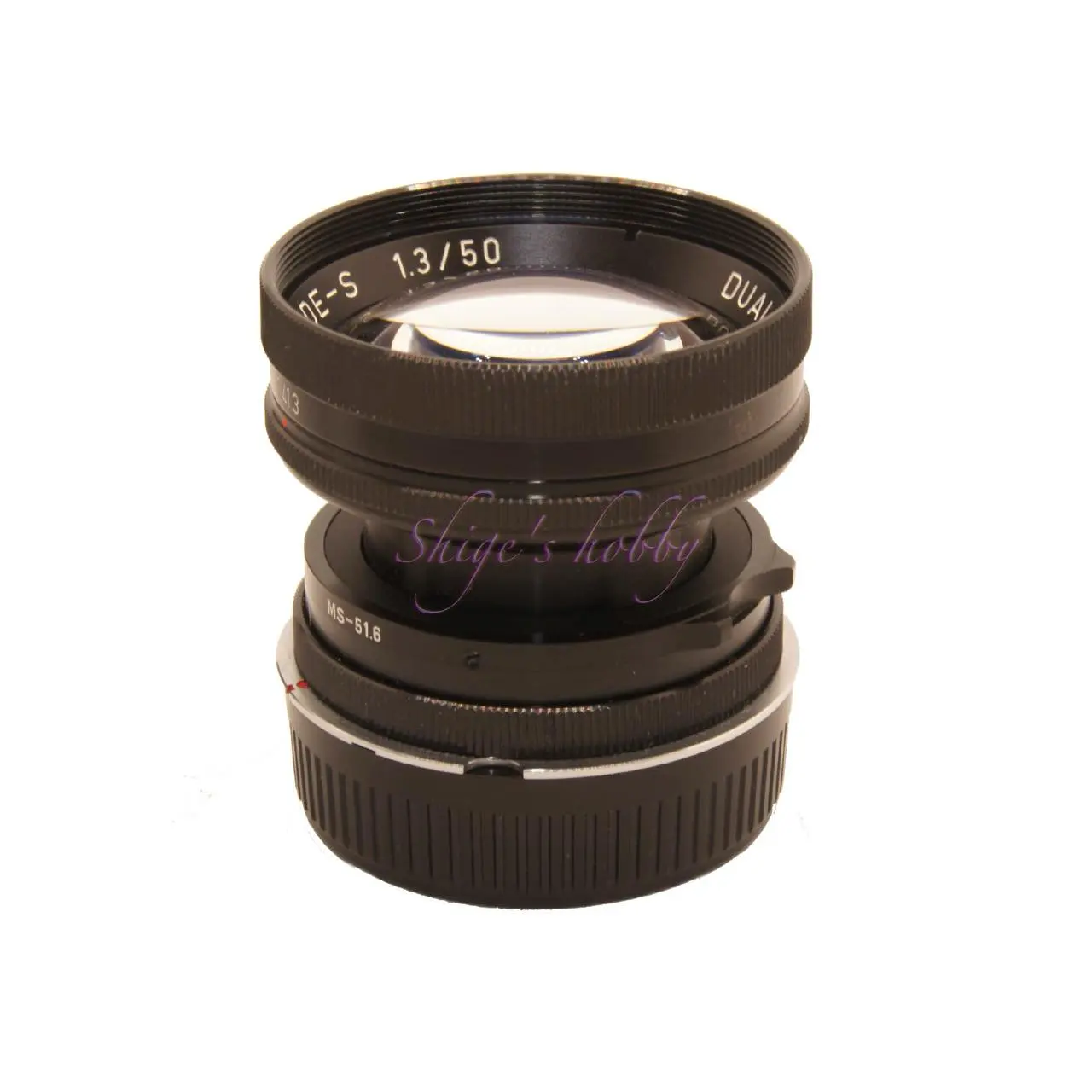
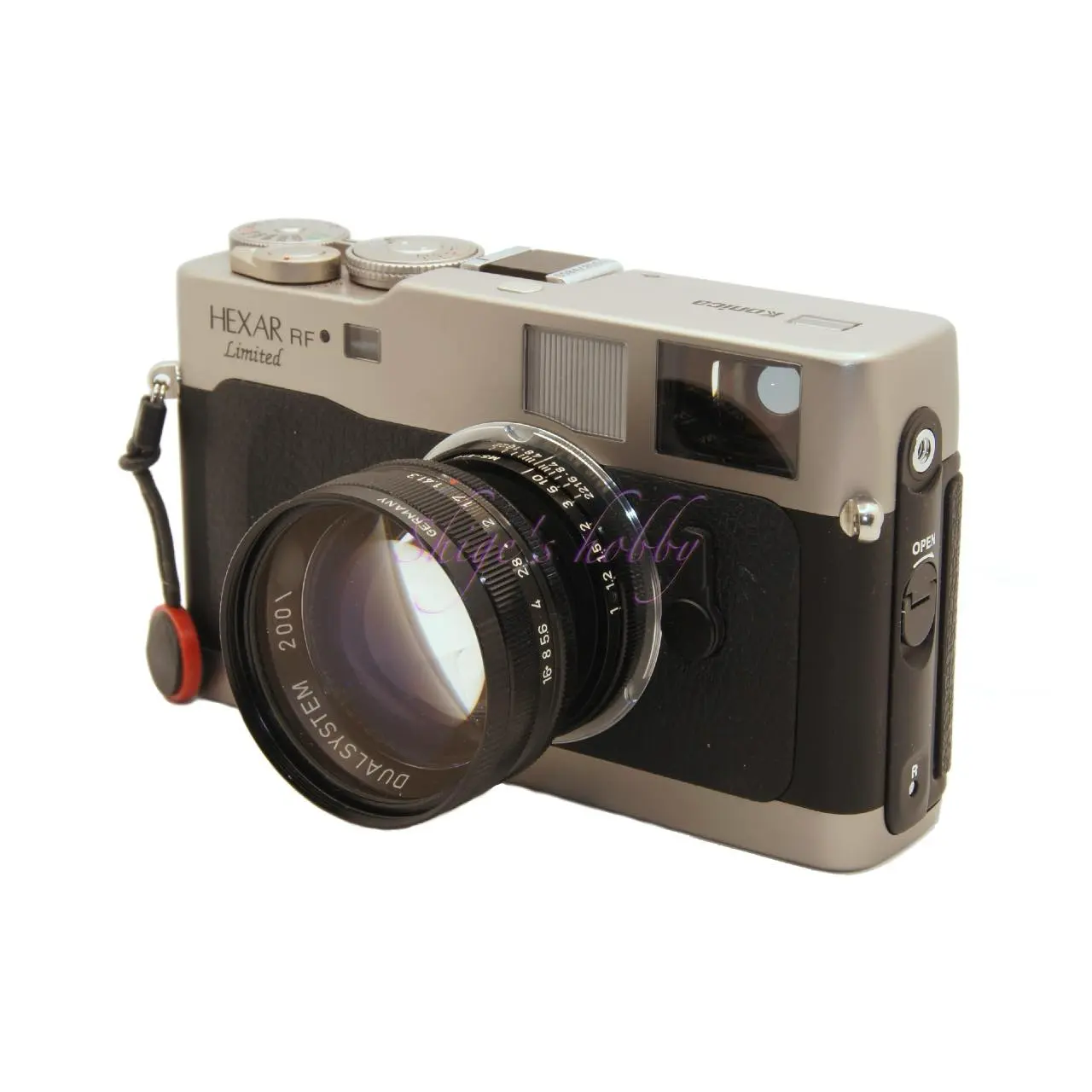
1.Overview
The MS-Mode-S Dual lens 50mm F1.3 is an original lens that was first released by MS-Optics (formerly Miyazaki Optical) in 2006, and is an arrangement of a Sonnar-type lens with modern technology.
The lens is made up of 5 elements in 4 groups, with a minimum shooting distance of 1m, and is linked to the rangefinder of a rangefinder camera over the entire range.
The filter diameter is 49mm, and a dedicated screw-in slit hood is provided for screwing the filter in the correct position.
The lens can be separated into the lens glass and the helicoid + mount, and the mount is provided in two mounts: L39 screw mount and Nikon S and Contax C mount.
It was sold in the following three forms.
- L39 mount version
- Nikon S and Contax C mount version
- Both mounts included version
The version I own is the both mounts included version, and I am still using the L39 screw mount that was originally attached.
I have parts for Nikon S and Contax C mounts, but I have never changed them.
The helicoid + mount part of the L39 screw mount version uses the ready-made MS-51.6, which Ms-optics uses when converting commercially available 50mm lenses to L39 screw mount and M mount.
This lens was released in 2006, when the L39 mount lens boom of Fujisawa Shokai, RICOH, and others in the early 2000s had subsided, and COSINA was reducing its lineup of rangefinder-related products under the Voigtlander brand, and the small flame of rangefinder cameras was about to go out. This lens was also known to those in the know, and second-hand camera shops around Tokyo had it in stock. After this, the demand for M/L lenses would explode due to mirrorless cameras, but that was a while away.
2.Usability
The helicoid of the MS-MODE-S 50mm F1.3 is the well-established MS-51.6, which allows for smooth focusing, and the rangefinder linkage works accurately, so there are no problems with focusing with the double image of a rangefinder camera.
As shown in the example, the image is soft and fluffy at full aperture, and produces a neat image when stopped down, making this a lens that perfectly realizes the ideals of Ms-optics’ Miyazaki.
When shooting with a medium-format digital sensor 44mm x 33mm, it is clear that the image circle is insufficient due to vignetting in the corners. However, 33mm x 33mm is just barely usable, and the image in the outer corners is not too distorted. It is a lens with plenty of room to use with a 35mm full-frame sensor.
This lens is a memorable lens that will make me continue to purchase Ms-optics lenses after purchasing it.
At the time, demand for rangefinder cameras was extremely low, so I saw it at a camera market in Ginza, negotiated the price with the old man at the camera shop, and got it from me for a pretty good price.
However, times have changed, and we now live in a world where bargaining is considered bad and frowned upon. Even the Japan-Kansai-style phrase “bargaining” has become obsolete.
Because this lens is hand-assembled, it is prone to contamination with dirt, so I asked Miyazaki to clean it, but he gently refused, saying, “It’s better not to disassemble and clean this lens due to its structure,” so I’m still using it in the same condition as when I first bought it.
3.Summary
In conclusion, to sum up the MS-MODE-S 50mm F1.3, it is a lens released during the winter period of rangefinder lenses. It was a lens released when Ms-Optics was still unknown and the manufacturing precision was not good, so there is a large difference between individual lenses. If you find a used one, it is best to check its compatibility with your camera.
The renewed SONNETAR 50mm F1.3 has the same lens configuration, but the appearance and assembly precision have been improved.
Specification
As mentioned in the overview, the MS-Mode-S is a lens with a lens configuration of 5 elements in 4 groups and an aperture value of F1.3. This lens will be re-released as the SONNETAR 50mm F1.3 in 2022.
After releasing the MS-Mode-S, Miyazaki continued to research the Sonnar-type lens to make it even larger, and in 2013, he upgraded it to 50mm F1.1 under the name SONNETAR.
Miyazaki further repeated the design of the Sonnar-type lens aiming for an aperture value of F1.0, but was not satisfied with it, and in 2019, he released the Gauss-type ISM-GA 50mm F1.0. This is interesting as it traces the history of Sonnar-type lenses, which have been faded away by Gauss-type lenses.
In addition to the Leica M mount, the SONNETAR series also includes the SONNETAR 25mm F1.1 for the PENTAX Q. There was a plan to manufacture this lens with the same specifications for Micro Four Thirds in the early days, but it was never commercialized after only a few prototypes. Manufacturing parts were reused and about 150 units were produced for the PENTAX Q, which has a smaller image circle.
The C SONNAR 50mm F1.5 released by Carl Zeiss has the same maximum aperture of F=1.5 as the original, and the lens construction also reproduces the three-element back group. This is a homage to the past. Mr. Miyazaki of Ms-Optics designed it to achieve the same performance as the old Sonnar by applying a coating to the two-element back group, and the rear group is made of two elements bonded together.
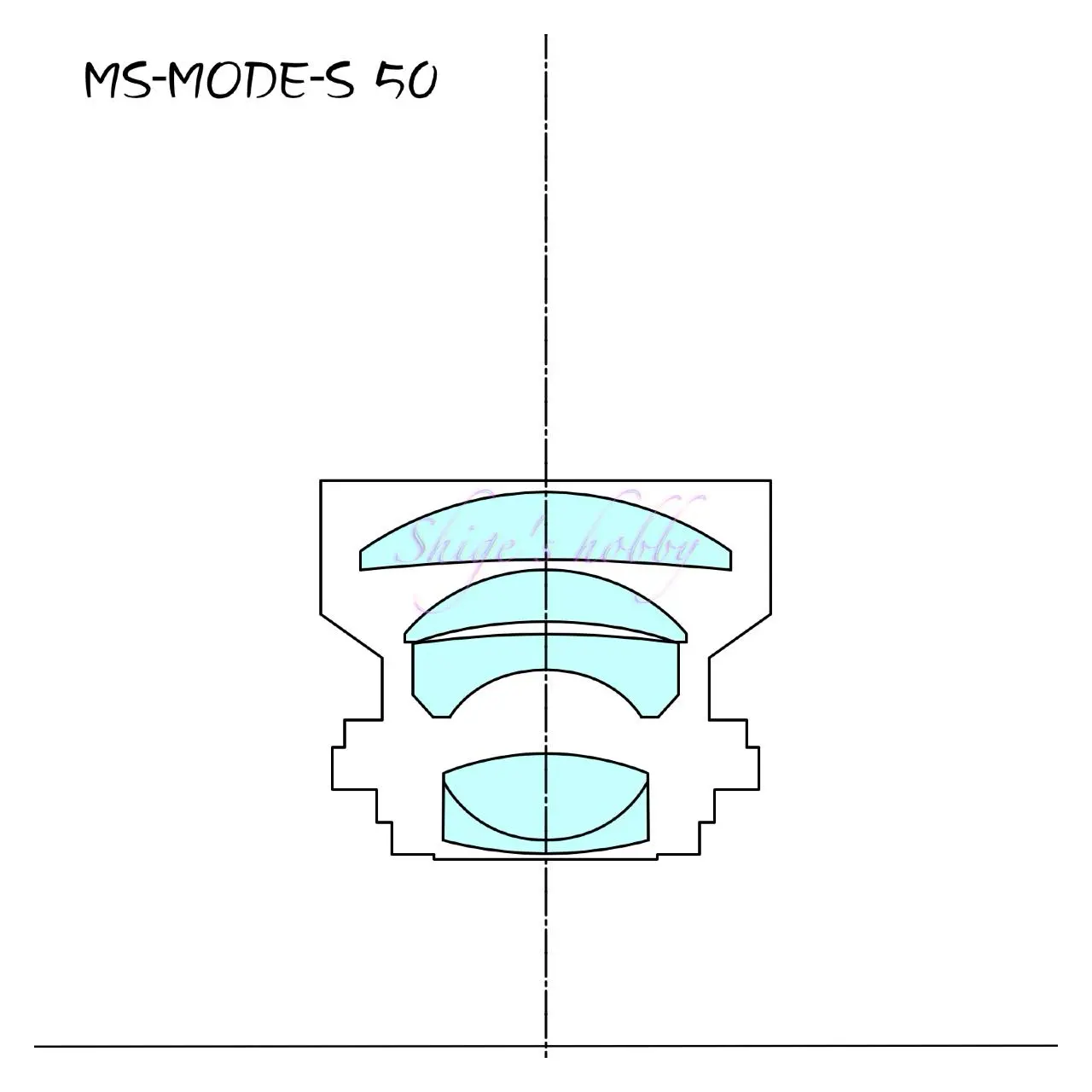
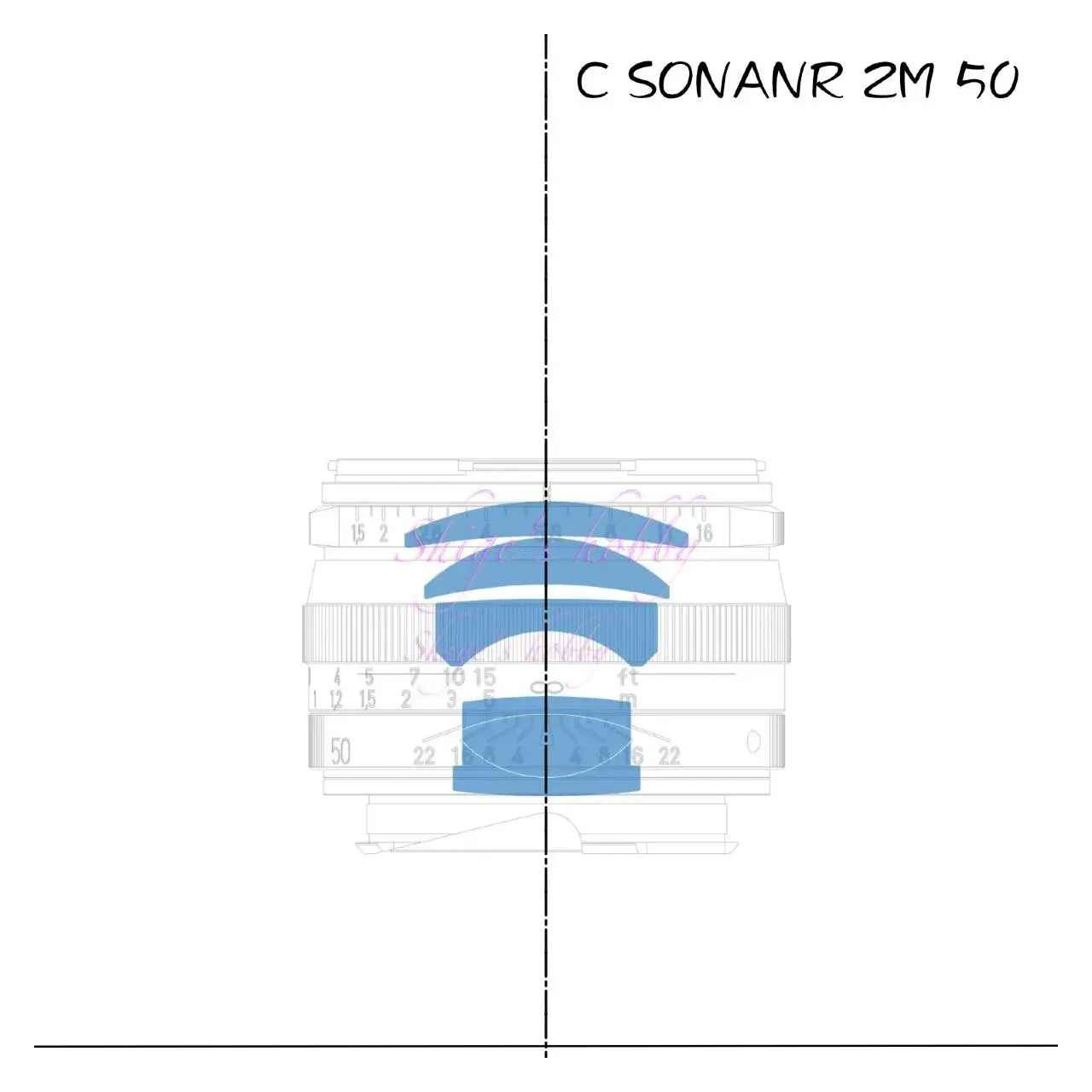
| Items | MS-Mode-S | C SONNAR |
| Manufacturer | Ms-optics | Carl Zeiss |
| Focal length(mm) | 50 | 50 |
| Max aperture | 1.3 | 1.5 |
| Min aperture | 16 | 16 |
| Apature blade | 12 | 10 |
| Lens Construction | 5elements in 4groups | 6elements in 4groups |
| Min distance(m) | 1m | 0.9 |
| Lens length(mm) | 37 | 45 |
| Lens Max diameter(mm) | 50 | 56 |
| Filter Size(mm) | 49 | 46 |
| Weight(g) | 110 | 250 |
| Release date | 2006 | 2006 |
| Price(Yen/No-tax) | ¥100,000- | ¥105,000- |
Reference links
Update history
- 2025.5.16
- 2024.12.11
Affiliate links
- Please see the disclaimer regarding advertising here.
- Italicized links in the text are advertisement links that take you to other sites.
- Leica Lens・Ads by Amazon
- Leica Books・Ads by Amazon
- Ms-optics・Ads by Amazon

Amazon Prime Sale

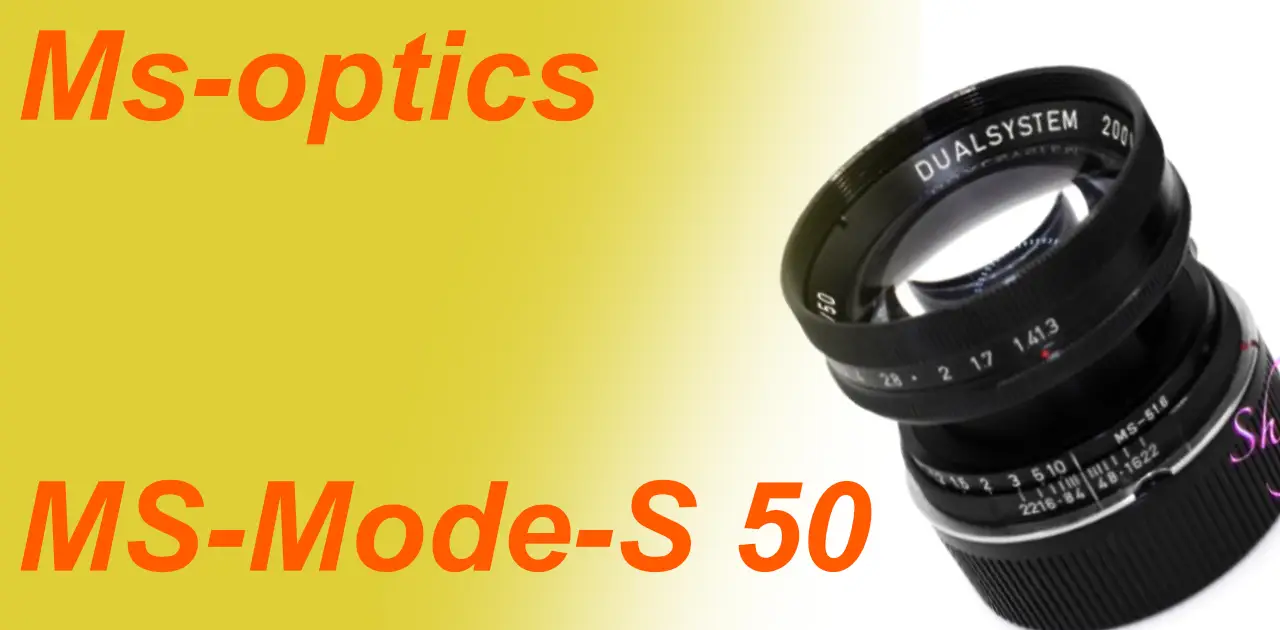

Be First to Comment